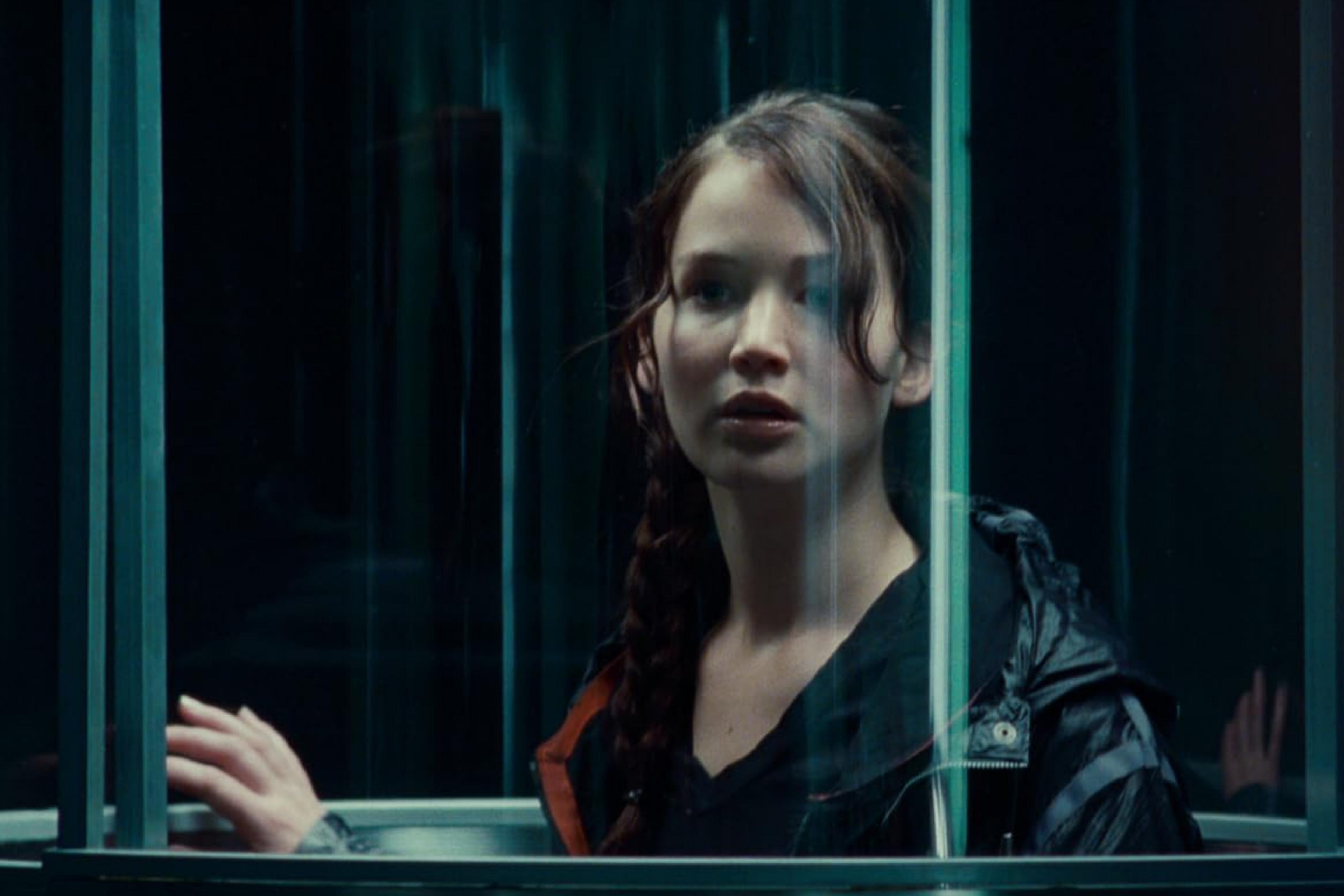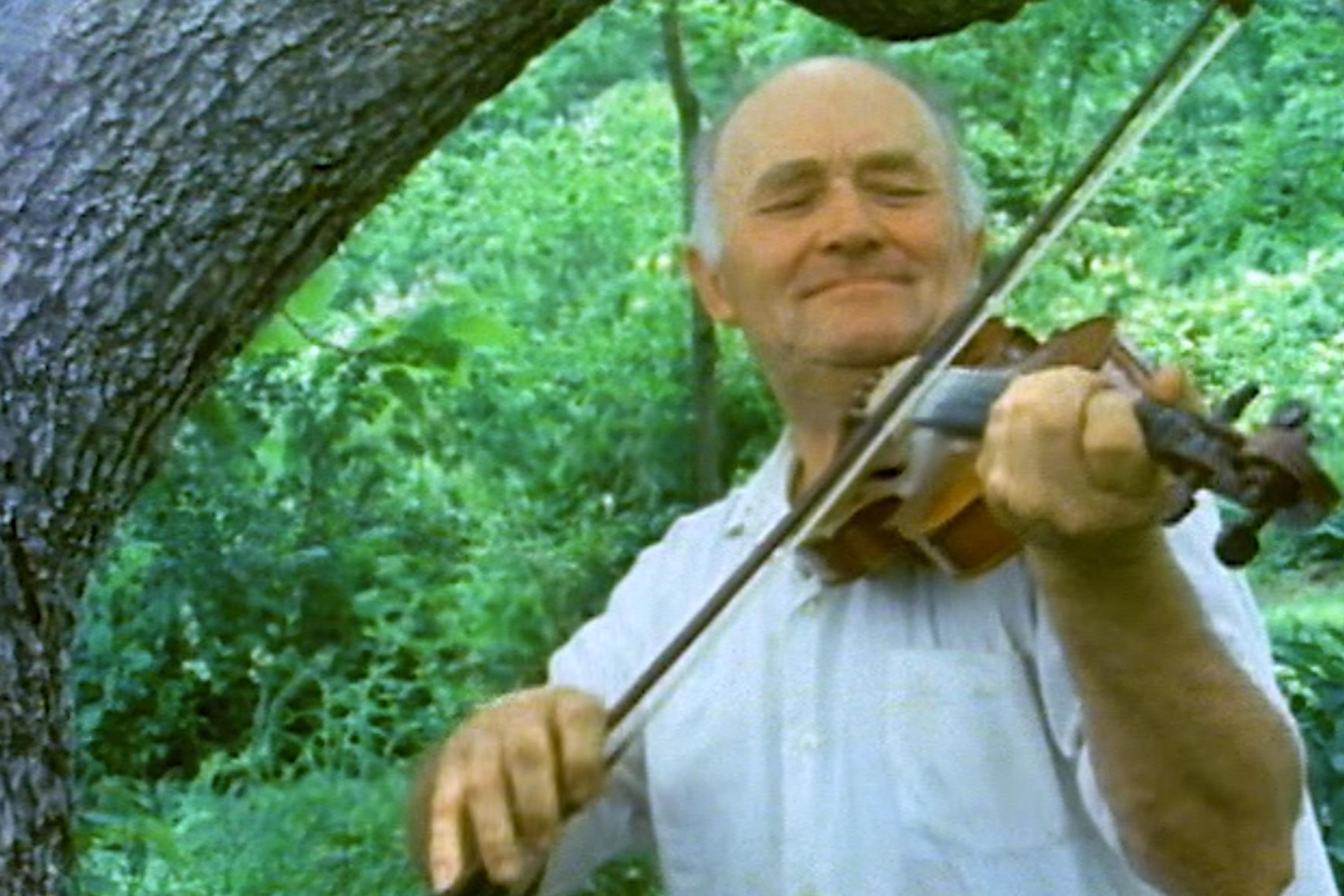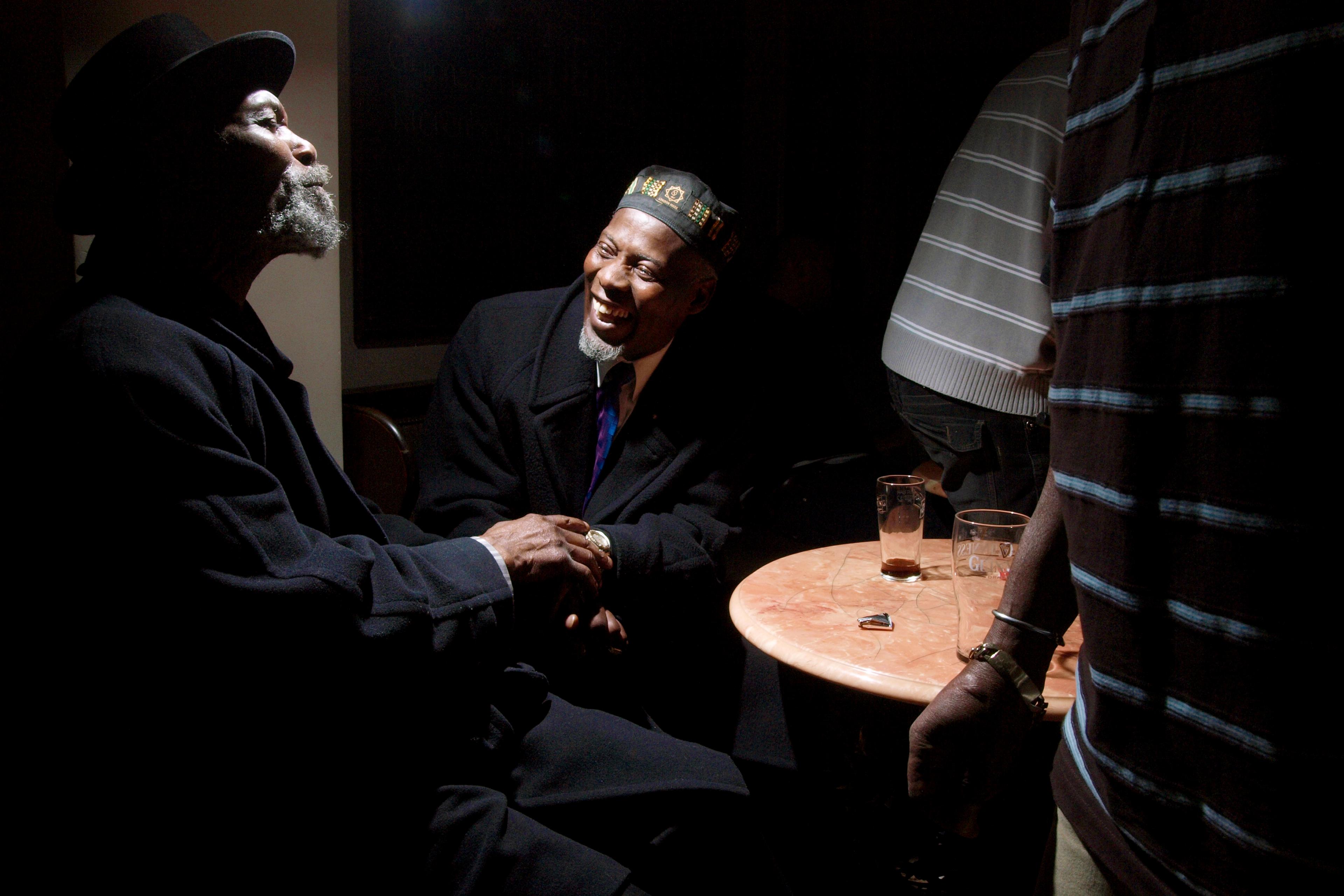‘Sometimes reality is too complex. Stories give it form.’
– Jean-Luc Godard from Godard on Godard (1968)
In 2019, archeologists from Griffith University in Australia were excavating a limestone cave on the Indonesian island of Sulawesi when they discovered a roughly 45,000-year-old cave painting depicting small biped beings with animalistic characteristics known as therianthropes hunting wild beasts – likely pigs and buffalo. Given the painting’s age and location, archeologists have debated whether humans or another form of hominin created it. Regardless, Maxime Aubert, who was part of the research team, said: ‘This hunting scene is – to our knowledge – currently the oldest pictorial record of storytelling and the earliest figurative artwork in the world.’
Writing about the discovery in The New Yorker, Adam Gopnik placed it in the context of a dust-up between the director Martin Scorsese and the forces behind perhaps the most ubiquitous storytelling operation of our own time – the people behind the Marvel Cinematic Universe franchise and its legions of vocal fans. Scorcese had knocked Marvel for flooding cinemas with predictable, morally simplistic and easily consumable storytelling. But, for Gopnik, this discovery showed that Marvel hadn’t dampened the public’s ability to absorb challenging stories over a series of decades, but had, instead, tapped into something rather primordial. ‘Our oldest picture story,’ Gopnik wrote, ‘seems to belong, whether we want it to or not, more to the Marvel universe than to Marty Scorsese’s … there is no denying our collective relief when the therianthropes arrive to save the day.’
So, for all the possible stories out there, suffused with all the endless complexities and ambiguities of the world in which we find ourselves, why do we return to the same narratives over and over, as if scratching an insatiable, many millennia-long itch? The Canadian writer, actor and director R H Thomson endeavours to deconstruct this question in the short film Five Stories, which was created on the occasion of his receiving a Lifetime Artistic Achievement Award at the Governor General’s Performing Arts Awards in Canada in 2015. Aided by stylish and kinetic filmmaking from the Canadian director Aisling Chin-Yee, Thomson discusses what he thinks of as the five most common stories across all time – the survival story, the love story, the mystery story, the transformation story and the creation story.
Framed as a mostly one-sided, scene-jumping discussion between Thomson and a young woman portrayed by the Canadian actress Michelle Adams, Thomson works through a ready list of examples for each archetype, as well as a brief analysis of why we’re drawn to them – from the need-to-know hook of mysteries to the yearning-to-be-made-whole at the centre of love stories. But, ultimately, why all this time spent crafting, telling, reconfiguring and absorbing narratives across centuries that, quite often, seem to serve no obvious or immediate purpose? ‘You push back against despair,’ says Thomson, almost wondering aloud. ‘That tapestry of stories that makes the inner universe makes the outer universe liveable’.
Written by Adam D’Arpino







